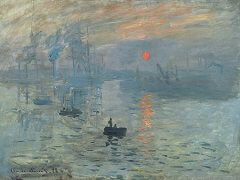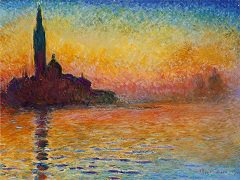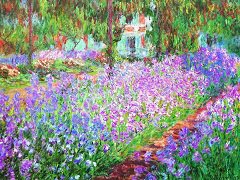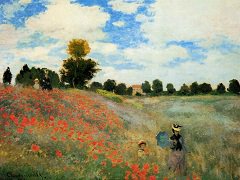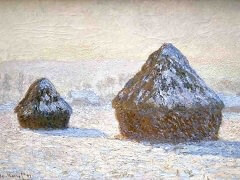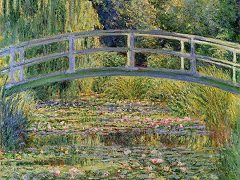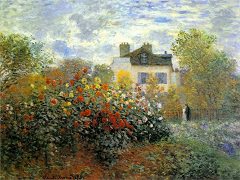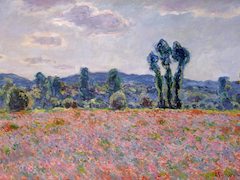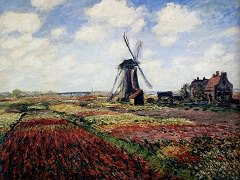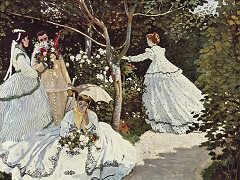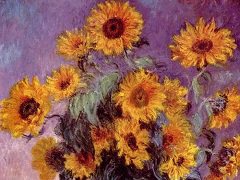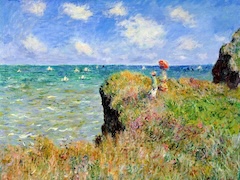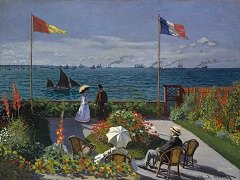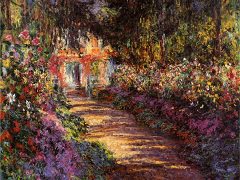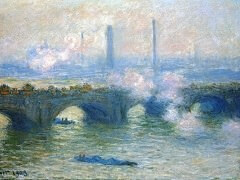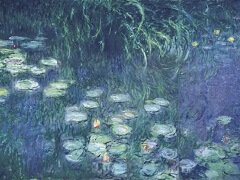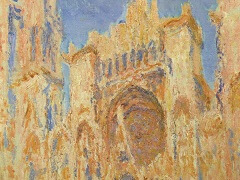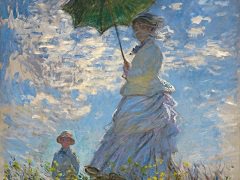The Magpie, 1868 by Claude Monet
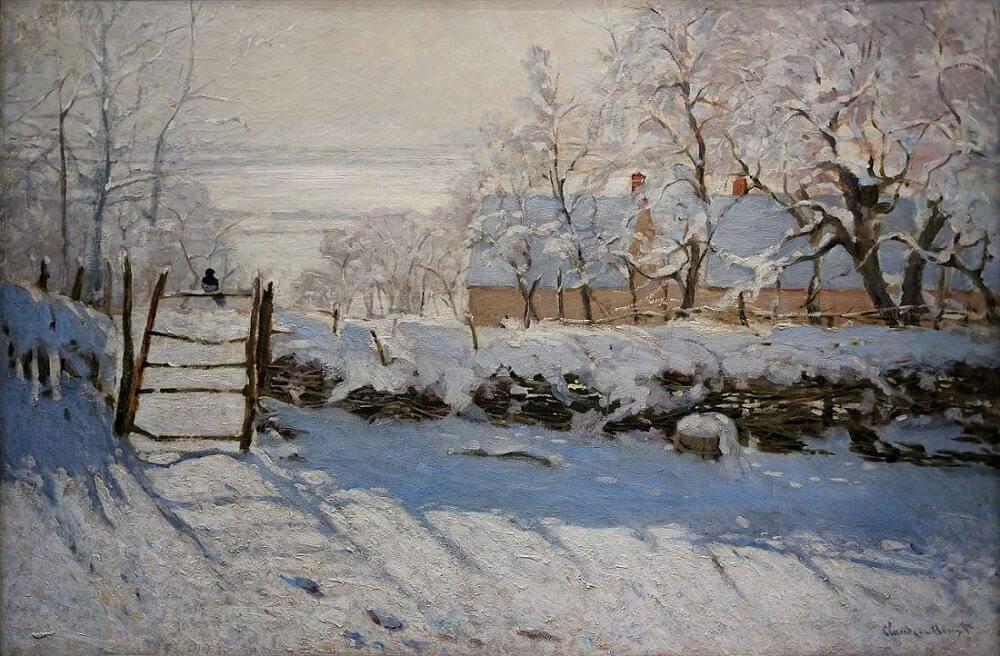
The Magpie is created during the winter of 1868 - 1869 near the commune of Étretat in Normandy. Monet's patron, Louis Joachim Gaudibert, helped arrange a house in Étretat for Monet's girlfriend Camille Doncieux and their newborn son, allowing Monet to paint in relative comfort, surrounded by his family.
Between 1867 and 1893, Monet and fellow Impressionists Alfred Sisley and Pissarro painted hundreds of landscapes illustrating the natural effect of snow (effet de neige). Similar winter paintings of lesser quantity were produced by Pierre-Auguste Renoir, Gustave Caillebotte, and Gauguin.
This exquisite snowscape came as a result of success with snow scenes by Gustave Courbet. Monet takes the simple theme of a single magpie sitting on the gate for the focus of his piece. The bird sits as if in contemplative mood in the idyllic landscape setting. The shadows and the light contrast beautifully against the background of trees, ice sky, and snowcovered buildings. There are those that advocate that this is the first "true" Impressionist painting, created five years before the movement was given its name.

